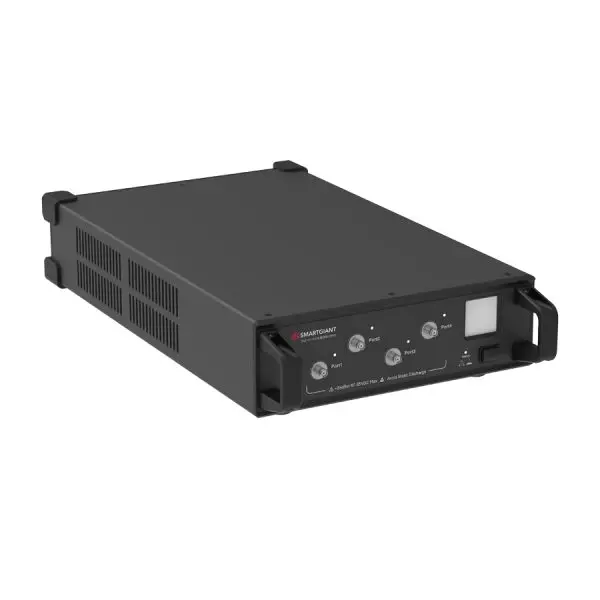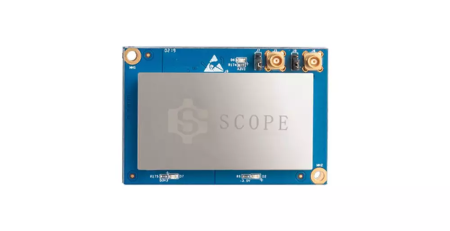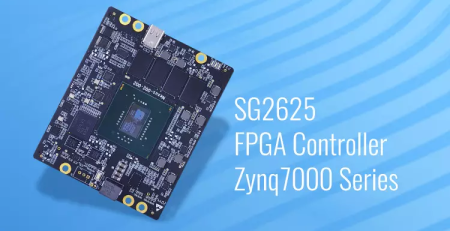The Critical Differences: Network Analyzer and Vector Network Analyzer at Smartgiant
Understanding the difference between network analyzer and vector network analyzer is one area where many in the field are confused. In RF and microwave testing, both instruments are essential, although they have different uses.

A Network Analyzer: What Is It?
Instruments used to measure intricate electrical networks of devices are collectively referred to as network analyzers. This involves assessing variables that are essential to comprehending how signals behave in a network, such as gain, return loss, and impedance. Applications for network analyzers include broadcasting, research, and telecommunications.
Through RF measurements, network analyzers can assist engineers evaluate the performance of systems by providing information on a broad range of frequencies. All VNAs are network analyzers, but not all network analyzers are VNAs, as we will see when we examine the difference between network analyzer and vector network analyzer.
What Differentiates a Vector Network Analyzer?
The vector network analyzer is made especially to measure the scattering parameters, or S-parameters, of devices that have two or more ports. Several test ports are available on our Smartgiant Vector Network Analyzer, which comes with a standard four-port configuration and customizable choices. With this feature, customers may measure various input and output scenarios at once, giving them a complete picture of the performance of the device.
With a system impedance of 50 ohms, our VNA is perfect for the majority of RF applications. A variety of RF connectors and devices are guaranteed to be compatible with the SMA female test ports, which can be customized to be either SMA or N. Moreover, our vector network analyzer’s frequency range encompasses 100 KHz to 8.5 GHz, facilitating comprehensive testing across many applications.
Practical Applications of VNAs
Understanding the difference between network analyzer and vector network analyzer is crucial for selecting the right tool for your application. VNAs are particularly useful in characterizing components such as antennas, filters, and amplifiers, where phase and magnitude are critical for performance evaluation. They excel in providing high-resolution results, with our VNA featuring a noise floor of -125 dBm/Hz.
With their ability to generate detailed S-parameter data, VNAs offer insights into how devices behave under various conditions, which is essential for optimizing designs in fields like telecommunications and aerospace. The built-in overload protection (+26 dBm, 35 VDC) further ensures that our VNA can withstand demanding testing scenarios without risking damage to the device.
Conclusion
In conclusion, the distinction between a network analyzer and a vector network analyzer is essential for anyone involved in RF and microwave testing. When choosing between these instruments, consider your specific testing requirements and understand how the unique advantages of a VNA can enhance your projects. Trust Smartgiant to provide industry-leading solutions that elevate your testing capabilities, ensuring success in your endeavors!





